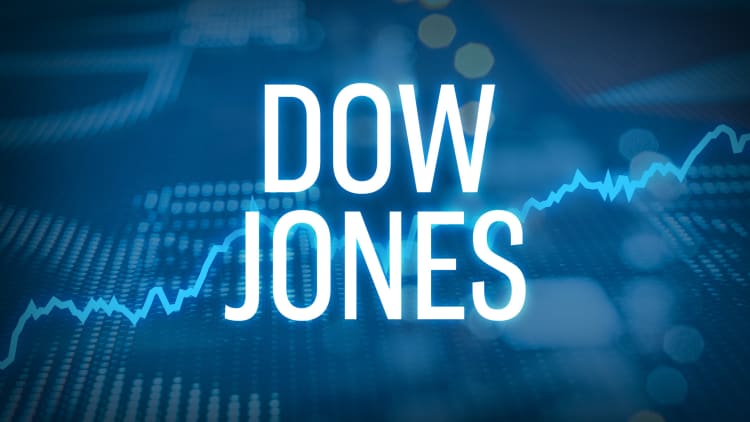U.S. government debt yields held steady Friday after a notable uptick in long-term rates earlier in the week.
The yield on the benchmark 10-year Treasury note was a touch lower at 3.065 percent at 4:03 p.m. ET, while the yield on the 30-year Treasury bond was also slightly lower at 3.203 percent. Bond yields move inversely to prices.
The yield on the 10-year note climbed roughly 8 basis points over the week
Treasurys
While no members of the U.S. Federal Reserve are scheduled to deliver remarks Friday, investors are gearing up for next week's Federal Open Market Committee (FOMC) meeting.
Though central bankers are widely expected to hike the federal funds rate during the meeting, markets will be looking past this month's decision and toward the direction the Fed will chart ahead.
A quarter-point bump to the Fed's benchmark rate is already factored into investor forecasts. The hike will push the funds target to 2 percent to 2.25 percent, where it last was more than 10 years ago.
Members of the FOMC are grappling over how much more monetary tightening is necessary to keep the economy (and inflation) healthy. Up until now, most officials have been comfortable with the Fed's slow-and-steady rate hikes and unwind of its massive balance sheet.
"Traders would fear that the Fed might sound 'dovish' if it drops its 'accommodative' characterization of the policy stance," Thierry Wizman, global interest rates and currencies strategist at Macquarie Group, said in an emailed statement.
A flattening of the so-called yield curve has some economists nervous as spreads between short-term and long-term debt rates shrink to lows not seen since before the 2008 financial crisis.
An inverted U.S. yield curve — where short-term rates surpass long-term rates — has frequently heralded upcoming recession.
Macquarie's Wizman added that, despite fears of flatting, a stronger U.S. economy should keep the curve in check.
"Even if the FOMC does drop 'accommodative' next week," Wizman added, "it shouldn't have much importance for the path of the Feds Funds rate, which will be informed by U.S. data which is in a strong patch in the second half of the year."
Just last month, the spread between the 10-year yield and the two-year yield hit 19.75 basis points, its lowest level since August 2007. The spread between two-year yields and 10-year yields was last seen at 25.91 basis points.
Trade tensions between the U.S. and China continue to rattle investors after both inflicted fresh tariffs on one another earlier this week. China's commerce ministry said Thursday that it hoped the States would show sincerity in trade negotiations, Reuters reported.
The U.S. administration inflicted sanctions on the Chinese military on Thursday for purchasing missile systems and fighter jets from Russia, Reuters reported.
Despite the ongoing trade anxieties, U.S. stocks rallied to new highs this week with both and the Dow Jones Industrial Average clinching records.
Until Thursday, the Dow had not hit a record level since January, when fears of burgeoning inflation sparked a resurgence in volatility and sent the major stock indexes into a correction.
Elsewhere, purchasing managers' index data was slightly worse-than-expected, with the flash composite PMI figure coming in at 54.2, against a Thomson Reuters analyst forecast of 54.4.




